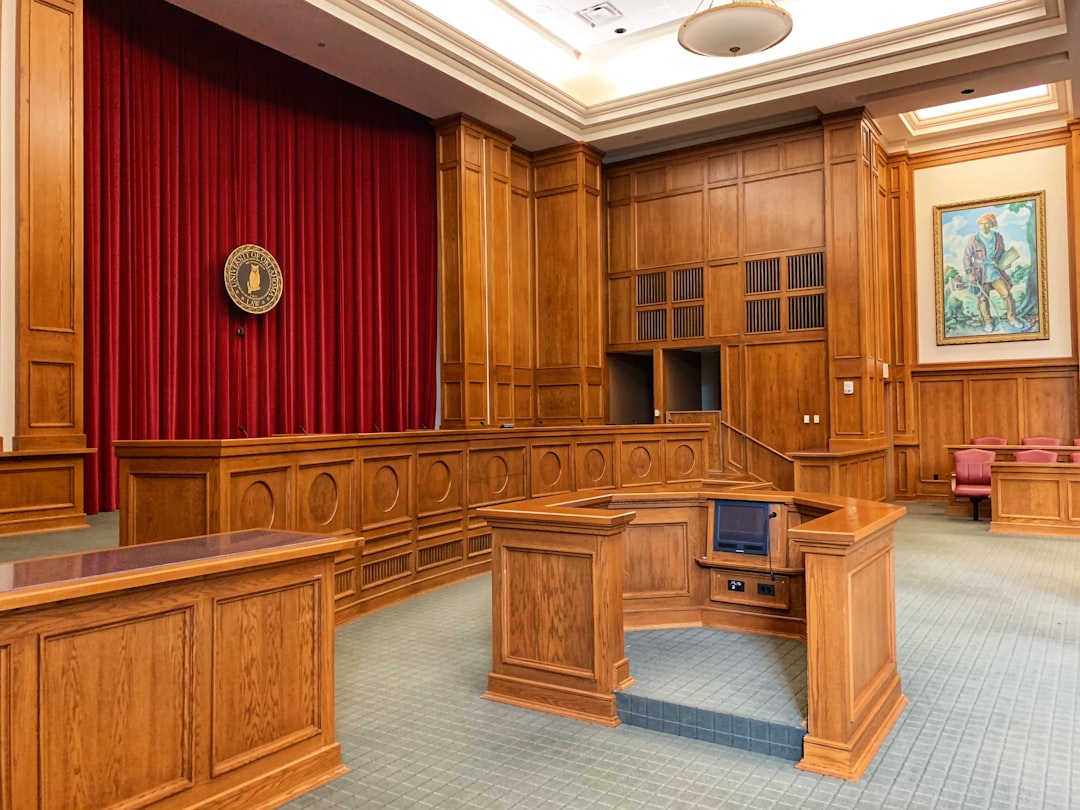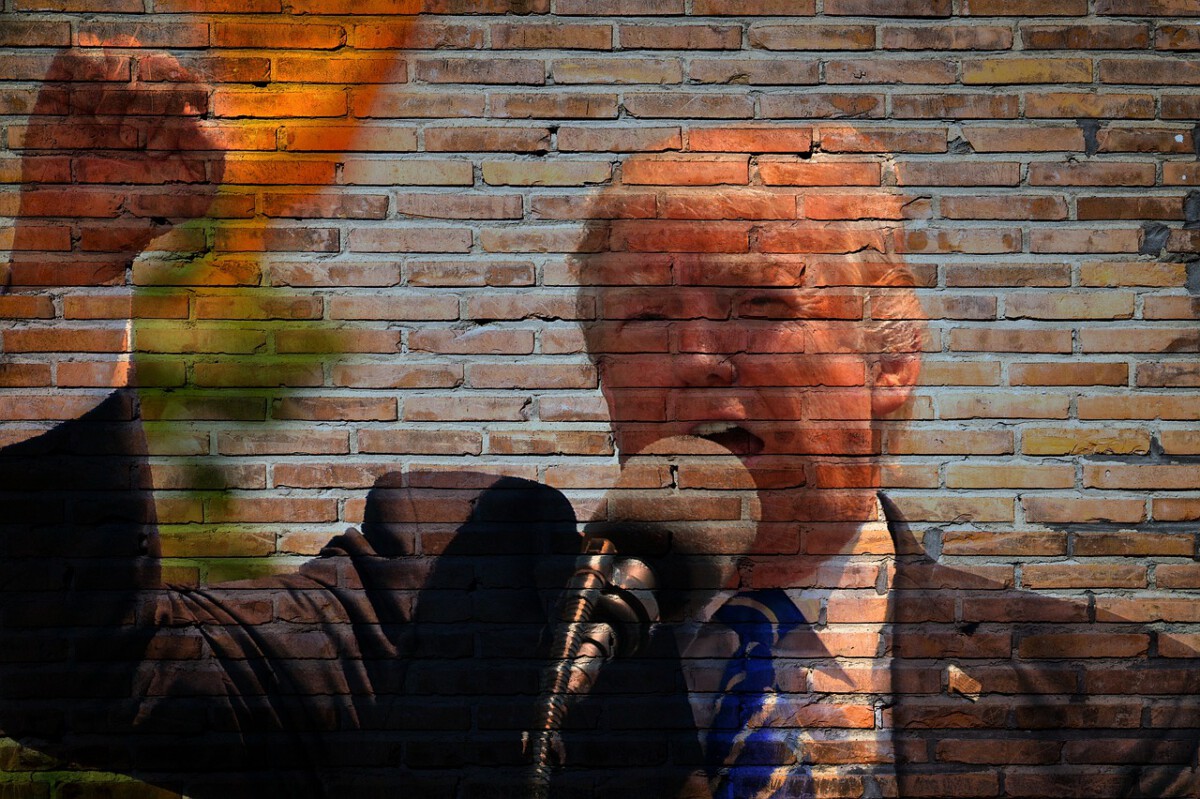The early 2000s marked a vibrant era in home design, characterized by bold colors, eclectic styles, and a harmonious blend of traditional and modern elements. As we move further into the 2020s, many of these design trends are experiencing a stylish resurgence across America. This article delves into the revival of early 2000s design trends, highlighting key features, statistics, and the driving forces behind their comeback.
Nostalgia and the Power of Memory

Nostalgia is a powerful motivator in the revival of early 2000s home design. Many individuals who grew up during this era are now homeowners themselves, seeking to recreate the comfort and warmth of their childhood homes. According to a survey by the American Institute of Architects, 62% of homeowners aged 30-45 are integrating nostalgic elements into their home designs. This trend is about more than just aesthetics; it’s about crafting spaces that evoke cherished memories and a sense of belonging. The emotional connection to past styles is a key reason these trends are finding their way back into modern homes.
Bold Colors and Patterns

One of the standout features of early 2000s design was the fearless use of bold colors and patterns. From vibrant accent walls to playful wallpaper, this era embraced a daring approach to color. Designers today are reintroducing these elements, with a focus on bright jewel tones like emerald green and sapphire blue, geometric patterns, and graphic prints. Layered textures that add depth and interest are also making a comeback. A report by Sherwin-Williams indicates a 30% increase in popularity for colors reminiscent of the early 2000s among homeowners, underscoring the enduring appeal of these vibrant hues.
Open Floor Plans and Multi-Functional Spaces

The early 2000s popularized open floor plans, allowing for seamless transitions between living, dining, and kitchen areas. This trend is resurging as homeowners strive to create multi-functional spaces that accommodate modern lifestyles. The National Association of Home Builders reports that 70% of new homes built in 2023 feature open floor plans, emphasizing the desire for flexibility and connectivity within the home. Open spaces foster a sense of togetherness and adaptability, making them particularly appealing in today’s fast-paced world.
Eclectic Furniture and Decor

Eclecticism was a hallmark of early 2000s design, where mixing and matching different styles became the norm. Homeowners are now embracing this approach, curating spaces that reflect their unique personalities. Vintage finds from thrift stores and flea markets, a mix of contemporary and traditional furniture pieces, and statement decor items that serve as conversation starters are key elements in this trend. This approach encourages creativity and individuality, allowing homeowners to express themselves through their decor choices, making each space uniquely their own.
Technology Integration

The early 2000s saw the rise of technology in home design, with the introduction of home theaters and smart appliances. Today, technology continues to play a crucial role in modern home design. Homeowners are looking for ways to integrate smart technology seamlessly into their spaces. This includes smart lighting systems that can be controlled via smartphone, home automation systems for security and convenience, and energy-efficient appliances that reduce utility costs. According to a report by Statista, the smart home market is projected to reach $174 billion by 2025, highlighting the growing importance of technology in home design.
Sustainable and Eco-Friendly Choices

As awareness of environmental issues grows, many homeowners are revisiting early 2000s design with a sustainable twist. This includes using reclaimed materials for flooring and furniture, incorporating energy-efficient windows and insulation, and choosing low-VOC paints and finishes. The Green Building Council reports that 40% of new homes in 2023 are being built with sustainable practices in mind. This reflects a commitment to both style and environmental responsibility, as homeowners seek to reduce their carbon footprint while maintaining a stylish and comfortable living environment.
The Return of Statement Lighting

Statement lighting fixtures were a popular trend in the early 2000s, and they are making a comeback in a significant way. Homeowners are opting for bold chandeliers, oversized pendants, and unique sconces to add character to their spaces. This trend not only serves a functional purpose but also acts as a focal point in home design. According to a survey by Houzz, 55% of homeowners are prioritizing statement lighting in their renovations, recognizing its ability to transform a room and create a dramatic visual impact.
Emphasis on Outdoor Living Spaces

The early 2000s also saw a rise in outdoor living spaces, and this trend is being revitalized as homeowners seek to expand their living areas. Key features of modern outdoor spaces include comfortable seating areas with weather-resistant furniture, outdoor kitchens and dining areas for entertaining, and landscaping that enhances the overall aesthetic of the home. The National Association of Realtors reports that 87% of homebuyers consider outdoor living spaces important, indicating a strong demand for these features as homeowners look to extend their living environments beyond the confines of their homes.
The resurgence of early 2000s home design trends across America is driven by a blend of nostalgia, individuality, and sustainability. Homeowners are embracing bold colors, eclectic styles, and technology integration, all while prioritizing comfort and functionality. As these trends continue to evolve, the influence of the early 2000s on modern home design remains significant and enduring.







